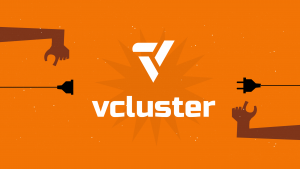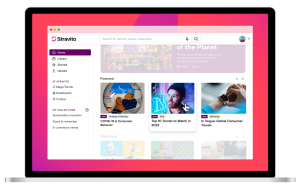Windows Blue Rumors Draws Major Revisions for Minor Update – Breaking Analysis
There’s a theory I have about Windows releases: Every lame-duck version is followed by a fantastic release that expands on the ideas of the previous. For example, you have Windows Millennium Edition *gag* followed up by the wildly popular Windows XP. The pathetic release Windows Vista *gag* was followed up by the exquisite Windows 7.
So what’s going to happen to Windows 8?
With Windows 8, many have opted to stick to their previous install, similar to how people treated the XP to Vista transition. Wether by unwillingness to change, or due to the typical new OS bugs, people have been somewhat hesitant to jump on board the Windows 8 train, and it would appear that Microsoft has already been in the works on resolving these issues as soon as possible. Enter Windows Blue stage left.
Much like “Longhorn,” or “Vienna,” Microsoft is known for making code names for their newer versions, but unlike Longhorn, which later became Vista, or Vienna, which later became 7, Windows Blue is not a codename for a particular release, but rather, it’s the name of an update for Windows 8, similar to a service pack.
But what distinctions are there between a typical service pack and Blue?
“We know it will be significant, but we don’t know why,” said Mark Hopkins on this morning’s NewsDesk With Kristin Feledy, “the version number had increased from…6.2 before and now it’s 6.3, and that is significant because they don’t really update the kernel number except for when there’s major kernel bumps.”
Given that this version of Windows is the first to be on such an accelerated cycle, it’s tough to say what Microsoft intends on doing from here on out regarding updates and service packs. There’s even some speculation that these sorts of “updates” may be the future of Microsoft, suggesting that there may not ever be a Windows 9.
Hopkins however dismissed this speculation saying, “This is the new era where it’s that UI designed interface and I think that even windows 9 and 10…are all going to have this sort of paradigm.”
So perhaps this change in update timetables is a sign of Microsoft becoming a more modular, quickly changing company, to allow them to accommodate their OS for devices that simply may not exist yet. Either way, this is exciting news that we will be keeping a very close eye on.
See the entire segment with Kristin Feledy and Mark “Rizzn” Hopkins on the Morning NewsDesk Show.
photo credit: Thomas Hawk via photopin cc
A message from John Furrier, co-founder of SiliconANGLE:
Your vote of support is important to us and it helps us keep the content FREE.
One click below supports our mission to provide free, deep, and relevant content.
Join our community on YouTube
Join the community that includes more than 15,000 #CubeAlumni experts, including Amazon.com CEO Andy Jassy, Dell Technologies founder and CEO Michael Dell, Intel CEO Pat Gelsinger, and many more luminaries and experts.
THANK YOU













